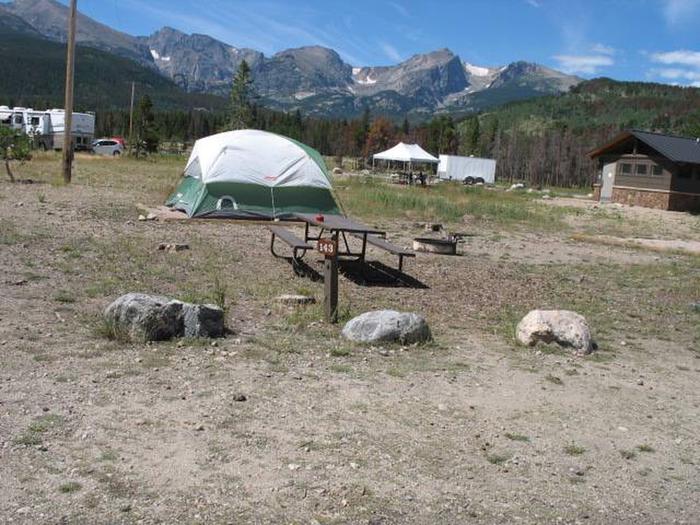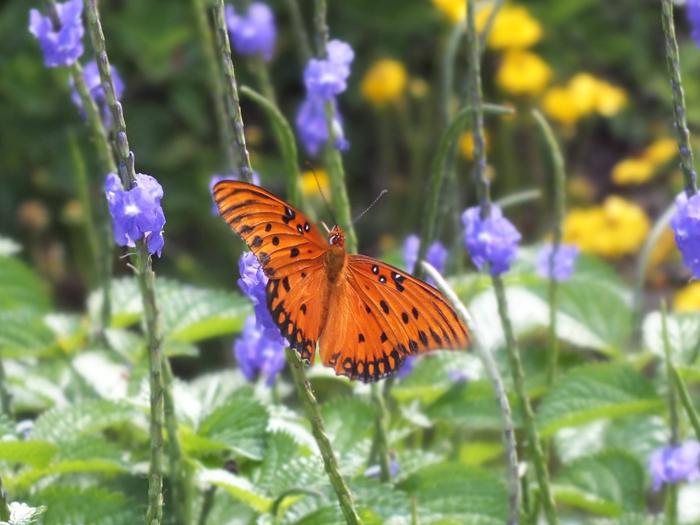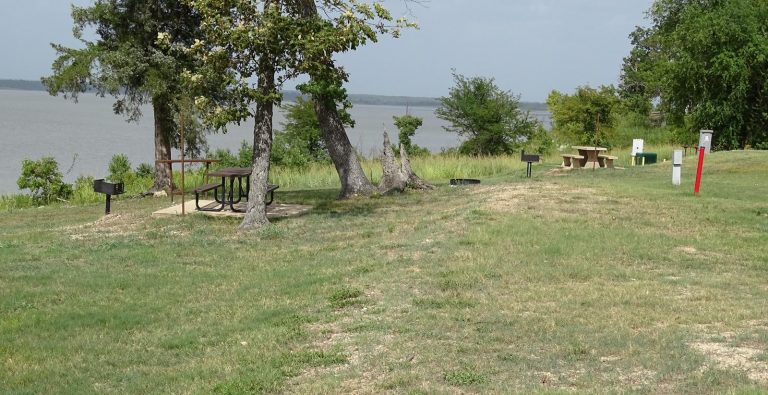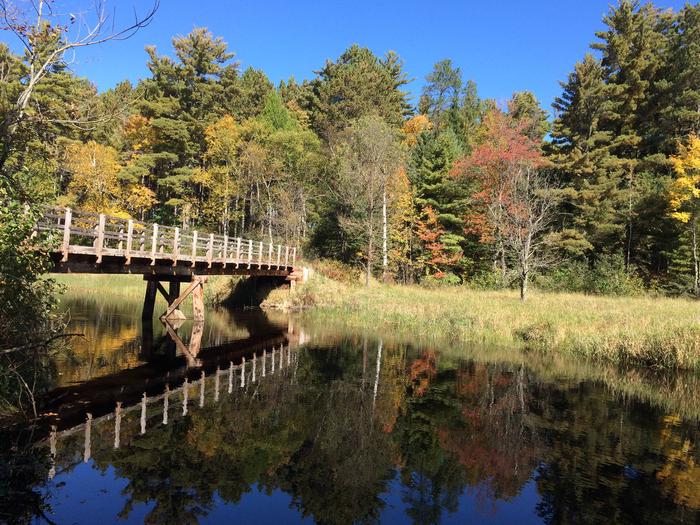Directions
Lake Woodruff NWR is located 25 miles west of Daytona Beach, Florida, and 7 miles north of DeLand on U.S. Highway 17 near the community of DeLeon Springs, FL. From Highway 17 in DeLeon Springs, turn west and go one block to Grand Avenue. Turn south on Grand and go approximately 3 blocks to Mud Lake Road. Refuge directional signs are prominently displayed on both U.S. 17 and Grand Ave. to direct the way to the refuge and headquarters office.
Phone
386-985-4673
Activities
BOATING, INTERPRETIVE PROGRAMS, FISHING, HIKING, HUNTING, WILDLIFE VIEWING, ENVIRONMENTAL EDUCATION, PHOTOGRAPHY, PADDLING
Camping Reservations
Reserve your campsite at these camping areas:
Hiking Trails
Looking for nice hiking areas to take a hike? Choose from these scenic hiking trails:
Related Link(s)
Lake Woodruff National Wildlife Refuge
Lake Woodruff National Wildlife Refuge Lake Woodruff NWR was established in 1964 to provide habitat for migrating and wintering birds. The refuge contains 21,574 acres of freshwater marshes, 5,800 acres of Cypress and mixed hardwood swamps, 2,400 acres of uplands, and more than 1,000 acres of lakes, streams, and canals. The bilogical diversity of the wetlands provides nesting, overwintering and stopover habitat during migration for neotropical songbirds, migratory waterfowl, shorebirds, wading birds and raptors (215 bird species have been counted). Additionally, endangered and threatened species benefit from the wetland habitat and management practices of Lake Woodruff National Wildlife Refuge. The refuge contains over 5,000 acres of freshwater and more than 50 miles of waterways, which are utilized by the endangered Florida manatees as foraging, breeding and calving areas. More than 23 miles are designated as manatee protection zones. Other Federally endangered or threatened species which are known to inhabit the refuge include the Eastern indigo snake, American alligator, Wood stork, and the Snail kite, which is a very specialized raptor feeding only on Apple snails. Like the Limpkin, wading birds occur on the refuge in unusually abundant numbers.







